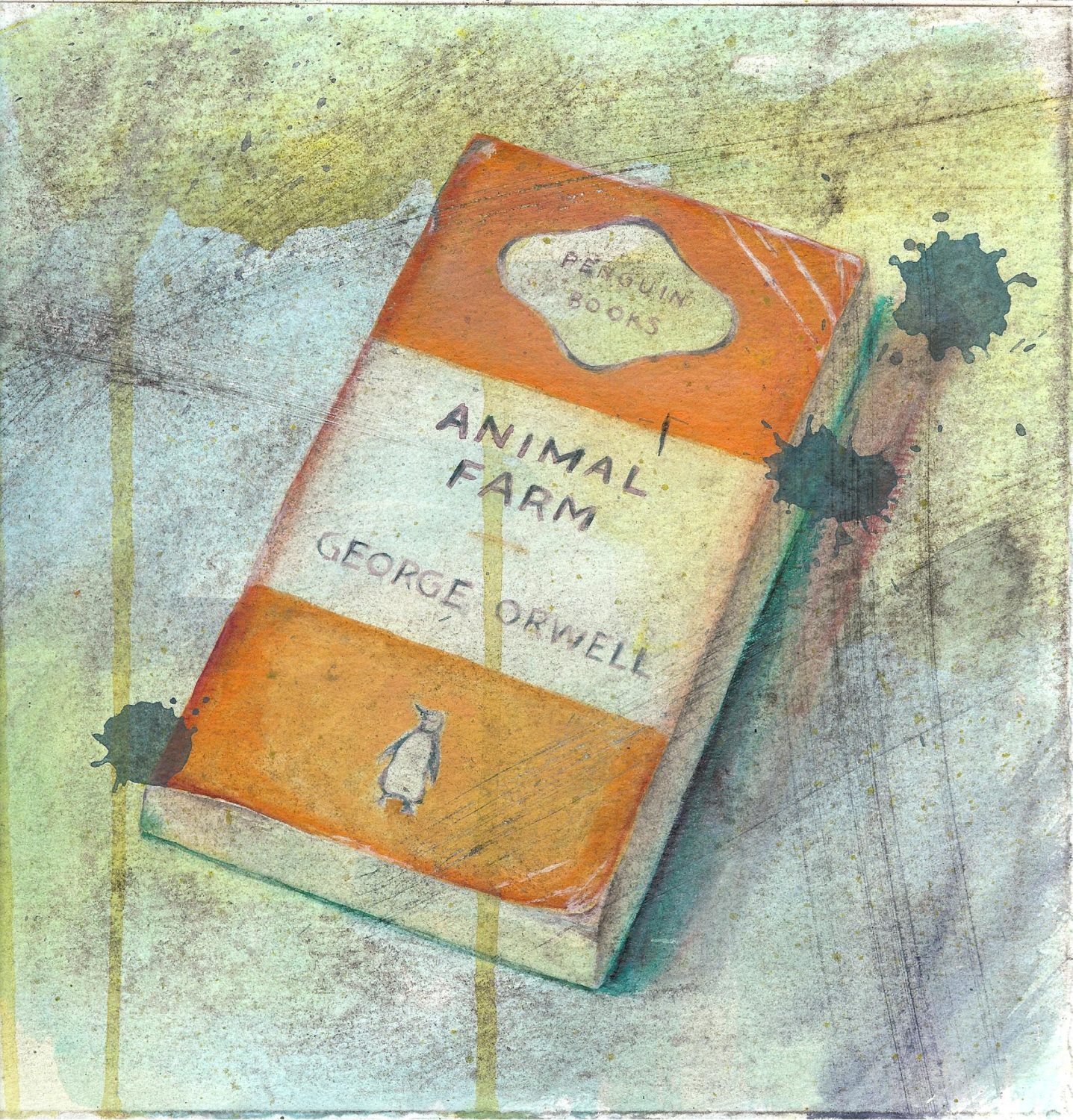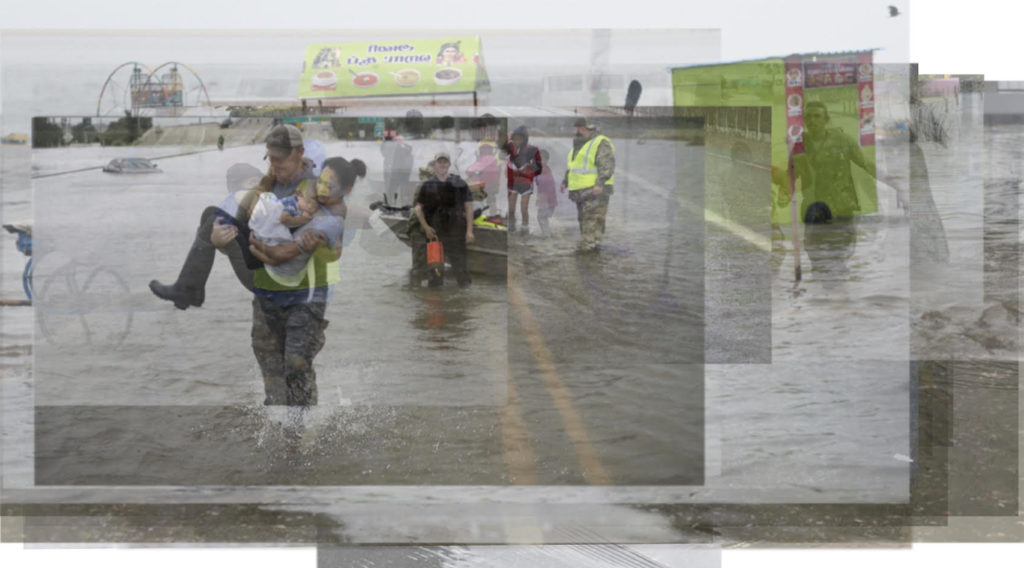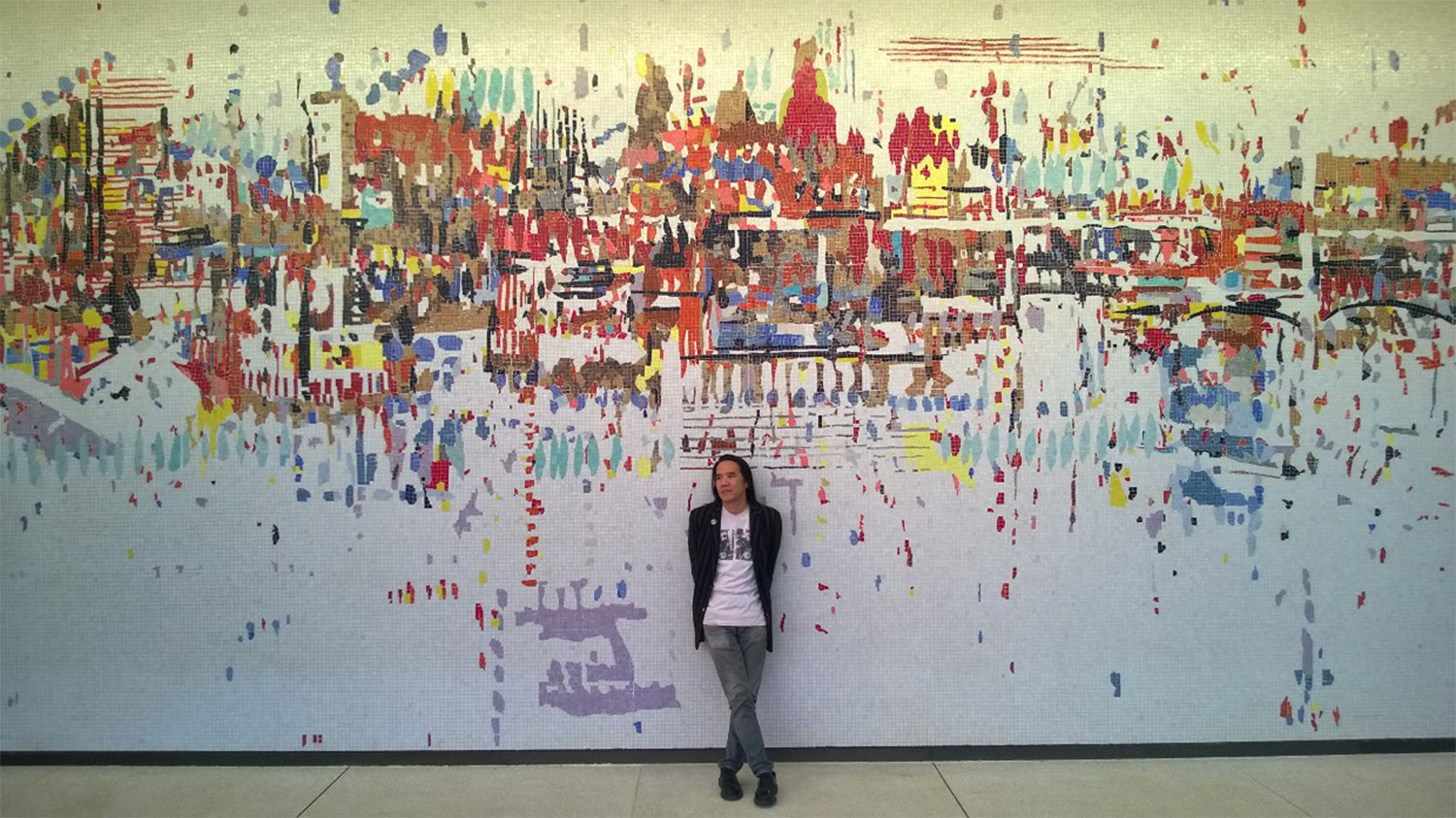Back in 1992, I was asked to participate in an art festival which had started the previous year. Although I was unfamiliar with the event, I had several friends who were on the board of directors and/or were artists for it, so I agreed. That year, Chalk it Up to Sacramento! took place outside La Raza Galeria Posada on O Street; the following year, the festival moved to Fremont Park, where, until this year, it had been held every Labor Day weekend since.
Businesses and individuals sponsor the “squares,” large chalk drawings on the walkways at the site. That first year mine was done for local rock band Tattooed Love Dogs, who were favorites of mine. The money raised is distributed in the form of grants to benefit children’s art education, an important cause to me personally, as I really had no art education at all in elementary school or junior high. Furthermore, the festival was a lot of fun, so I decided to continue participating.
In June of 2002, I was asked to do a chalk drawing in the parking lot of Page Design; it would be used as the basis for the Chalk it Up! poster that year. I remember festival president Rick Best bringing lunch to me that afternoon; it was a hot, windy day, and he also provided a large canopy to protect me from the sun. While I was working, I could hear the legs of the structure moving, scraping against the concrete – suddenly it lifted off the ground, flew over my head, across the parking lot, and into Page Design’s glass door, which shattered. I ran to the door and my surprised face was met by the surprised face of a man working in the office.
Sadly, a few weeks later, Rick was in a car accident, and he passed away that December, having never left the hospital. In his honor, a tree was planted in Fremont Park, where he had spent so much time during Labor Day weekends over the years. He is missed by the many friends he left behind.
In September 2004, I was in my own serious car accident, which effectively ended my Chalk it Up! career. My back could no longer take my sitting on the concrete for three days in the Sacramento heat. In truth, my tenure was probably near its end, anyway. Most, if not all, of the artists with whom I started had ceased participating years before. Drawing elaborate pieces in chalk on the sidewalk really is an activity for younger bodies. I do still attend to see the art, hear some music, and maybe run into some people I haven’t seen since the previous festival.
This year, Chalk it Up! will again take place Labor Day Weekend, Saturday through Monday, September 5-7, but because of the COVID-19 pandemic, it been retooled as Chalk it Up Around the Town! Instead of being based at Fremont Park, artists will create their squares on sidewalks, parking lots, and driveways throughout the greater Sacramento area. Musical performances will be streamed online during the weekend. Chalk it Up and stay safe!





 Orwell’s tale made a big impression on me – it revealed the lying, the backstabbing, the lengths to which some pigs (or people) will go to gain power, how that power is abused, and how some sheep (or people) are so easily led around by the nose. It could have been the beginning of the distrust of authority figures that has stayed with me my whole life.
That distrust was fueled by the behavior of some teachers and school administrators. As a child, I attended a small elementary school with only one class for each grade. When I was in fourth grade, there was a new fifth grade teacher who was a bully and a jerk – among other things, he once told several of his students to beat up a younger boy. I told my mother I wanted to go to a different school the next year. The other school was a lot bigger and at first a little scary, as I didn’t know anyone, but I was happy my parents entrusted me with making my own decisions about the teacher and which school to attend.
Things weren’t any better in junior high and high school. I was treated to a vice principal announcing, at an assembly regarding the dress code, that “Jap flaps” were not acceptable footwear. I saw a teacher grab a student by the hair and stick his hand in the kid’s mouth in an attempt to find some non-existent gum. One teacher called on me and asked what the price of tea was in China. Two female friends of mine were told by a vice principal that they couldn’t hold hands on campus. I was repeatedly asked by a teacher what day it was, before he finally hissed “It’s Pearl Harbor Day!” Things like this happened all the time.
It seems I’ve always known that just because someone is in a position of power, it doesn’t mean s/he is competent or has anyone else’s best interest in mind. I was still young when I’d seen enough to know that no mere title deserved any respect from me. It’s possible the seed of that knowledge was inside Orwell’s little book, or, given my background – my family was interned by this country – maybe it was just built into my DNA. Either way, Animal Farm spoke to me, and over the years, I’ve re-read it several times. It is always emotionally engaging because it is always pertinent. Some animals continue to be more equal than others.
Orwell’s tale made a big impression on me – it revealed the lying, the backstabbing, the lengths to which some pigs (or people) will go to gain power, how that power is abused, and how some sheep (or people) are so easily led around by the nose. It could have been the beginning of the distrust of authority figures that has stayed with me my whole life.
That distrust was fueled by the behavior of some teachers and school administrators. As a child, I attended a small elementary school with only one class for each grade. When I was in fourth grade, there was a new fifth grade teacher who was a bully and a jerk – among other things, he once told several of his students to beat up a younger boy. I told my mother I wanted to go to a different school the next year. The other school was a lot bigger and at first a little scary, as I didn’t know anyone, but I was happy my parents entrusted me with making my own decisions about the teacher and which school to attend.
Things weren’t any better in junior high and high school. I was treated to a vice principal announcing, at an assembly regarding the dress code, that “Jap flaps” were not acceptable footwear. I saw a teacher grab a student by the hair and stick his hand in the kid’s mouth in an attempt to find some non-existent gum. One teacher called on me and asked what the price of tea was in China. Two female friends of mine were told by a vice principal that they couldn’t hold hands on campus. I was repeatedly asked by a teacher what day it was, before he finally hissed “It’s Pearl Harbor Day!” Things like this happened all the time.
It seems I’ve always known that just because someone is in a position of power, it doesn’t mean s/he is competent or has anyone else’s best interest in mind. I was still young when I’d seen enough to know that no mere title deserved any respect from me. It’s possible the seed of that knowledge was inside Orwell’s little book, or, given my background – my family was interned by this country – maybe it was just built into my DNA. Either way, Animal Farm spoke to me, and over the years, I’ve re-read it several times. It is always emotionally engaging because it is always pertinent. Some animals continue to be more equal than others.










